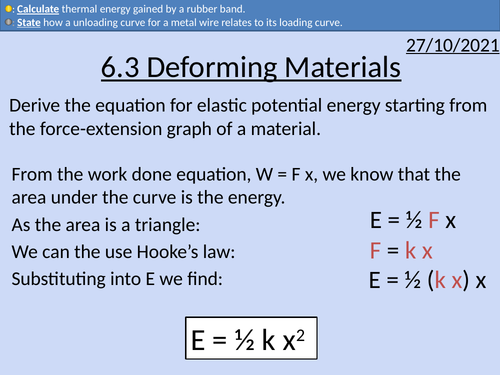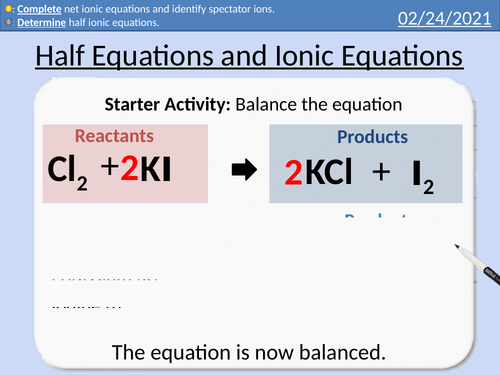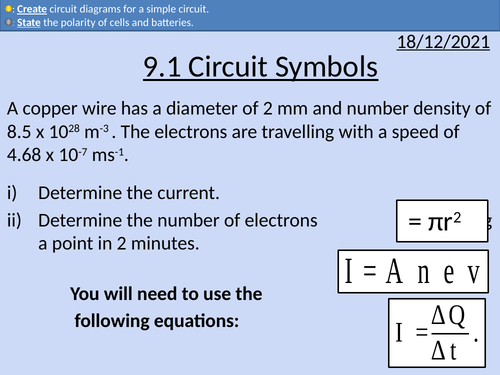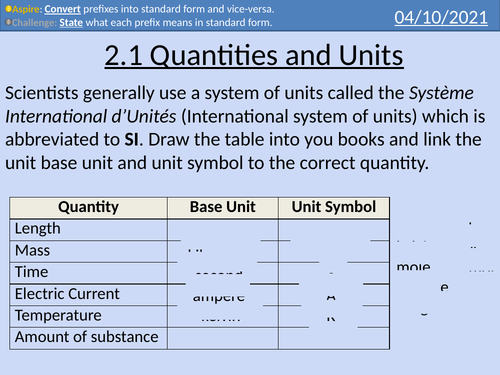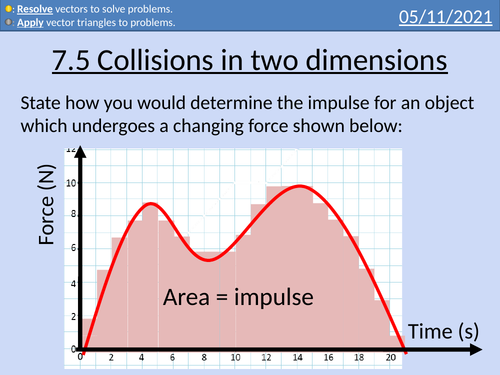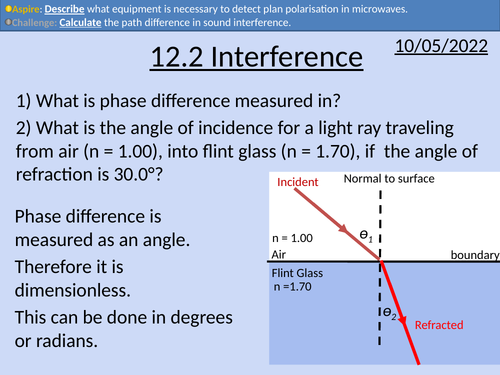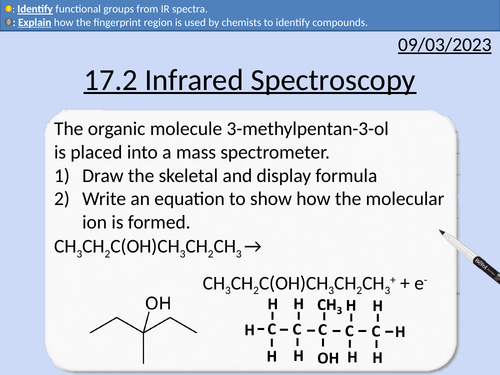484Uploads
147k+Views
64k+Downloads
All resources

OCR AS level Physics: Density and Pressure
OCR AS level Physics: Density and Pressure is a part of the Module 3: Forces and Motion
Presentation come with worked examples, solutions and homeworks.

OCR AS level Physics: Deforming Materials
OCR AS level Physics: Deforming Materials is a part of the Module 3: Materials
Presentation come with worked examples, solutions and homeworks.

OCR AS level Physics: Kinetic and Gravitational Potential Energy
OCR AS level Physics: Kinetic and Gravitational Potential Energy is a part of the Module 3: Work, Energy and Power.
Presentation come with worked examples, solutions and homeworks.

OCR AS level Physics: Stationary Waves in Air Columns
OCR AS level Physics: Stationary Waves in Air Columns is a part of the Module 4: Electrons, Waves, and Photons. PowerPoint with worked examples and homework.

OCR AS level Physics: Harmonics
OCR AS level Physics: Harmonics is a part of the Module 4: Electrons, Waves, and Photons. PowerPoint with worked examples and homework.

GCSE Chemistry: Half Equations and Ionic Equations
This PowerPoint presentation with worked examples and student questions covers:
• Precipitation in chemical reactions
• Definition of ions
• Ionic Half equations
• Dot and cross diagrams for electron structure
• Introduction to full ionic equations and net ionic equations

OCR AS Physics: Kirchhoff's 1st and 2nd Law
OCR AS level Physics: Kirchhoff’s Laws and circuit diagrams is a part of the Module 4: Electrons, Waves, and Photons. PowerPoint with worked examples and homework.
Definitions of Kirchhoff’s 1st and 2nd Law
Applying Kirchhoff’s 2nd Law
Drawing circuit diagrams for parallel and series circuits

GCSE Physics: Atmospheric Pressure
This presentation covers OCR Gateway Physics 9-1 P1.3.3 Atmospheric Pressure
This presentation includes:
Balanced and unbalanced forces
Resultant force
Changing atmospheric pressure
Exam style question with mark scheme

OCR AS level Physics: Circuit Symbols
OCR AS level Physics: Circuit Symbols is a part of the Module 4: Electrons, Waves, and Photons.
Presentation come with worked examples, solutions and homeworks.
All circuit symbols required for OCR A level physics
Polarity of cells and batteries
Electron flow and conventional current

OCR AS level Physics: Quantities and Units
OCR AS level Physics: Quantities and Units is a part of the Module 2: Foundations of Physics
Full lesson PowerPoint with worked examples and homework with complete worked answers.
Overview of A level physics
Base units and quantities
Converting into base units
Converting from base units into non-base units

OCR AS level Physics: Force, mass, and weight
OCR AS level Physics: Force, mass, and weight is a part of the Module 3: Forces and Motion
Presentation come with worked examples, solutions and homeworks.

OCR AS level Physics: Collisions in two dimensions
OCR AS level Physics: Collisions in 2D is a part of the Module 3: Laws of Motion and Momentum. Presentations come with worked examples, solutions and homeworks.

OCR AS level Physics: Interference
OCR AS level Physics: Interference is a part of the Module 4: Electrons, Waves, and Photons. PowerPoint with worked examples and homework.

OCR AS level Physics: Stationary Waves
OCR AS level Physics: Stationary Waves is a part of the Module 4: Electrons, Waves, and Photons. PowerPoint with worked examples and homework.

GCSE Chemistry: Mole Calculations
This PowerPoint presentation with worked examples and student questions covers:
• Rearranging Equations
• Stoichiometry as relative abundances
• Relative Atomic Mass, Relative Formula Mass and Molar Mass
• Calculating the number of moles present
• Conservation of mass

OCR AS Physics: Wave Properties
OCR AS Physics: Wave Properties is a part of the Module 4: Electrons, Waves, and Photons. PowerPoint with worked examples and homework.

GCSE Physics: Generators
This lesson presentations covers OCR Gateway Physics 9-1 P4.2.4 Generators.
Uses of generators
AC and DC definitions
Structure of dynamos and alternators
Comparing dynamos and alternators.
Plotting graphs for induced potential difference from dynamos and alternators
Commercial generators, 230 V at 50 Hz.

GCSE Physics: Density Practical
This presentation covers OCR Gateway Physics 9-1 P1.2.1
Presentation includes
Conversion from grams (g) to kilograms (kg) and centimetres (cm) to meters (m) with exercise and answers
Finding volume of regular and irregular shapes
Plenary Exam Question and Answer

OCR AS Chemistry: 17.2 Infrared Spectroscopy
OCR AS Chemistry: 17.2 Infrared Spectroscopy
This PowerPoint is a whole lessons included with student activities, animated answers, homework questions with answers provided.
This lesson covers:
Absorb infrared radiation increasing vibrations
What determines the magnitude of vibration
Fingerprint region
Identifying peaks

GCSE Physics: Speakers and Microphones
This lesson presentations covers OCR Gateway Physics 9-1 P4.2.6 Speakers and Microphones.
Definition of sound waves.
Structure and operation of a speaker.
Fleming’s left hand rule.
Structure and operation of a microphone.
Electromagnetic induction.
Comparison of speakers and motors.
Comparison of microphone and generators.
Comparing microphones and speakers


